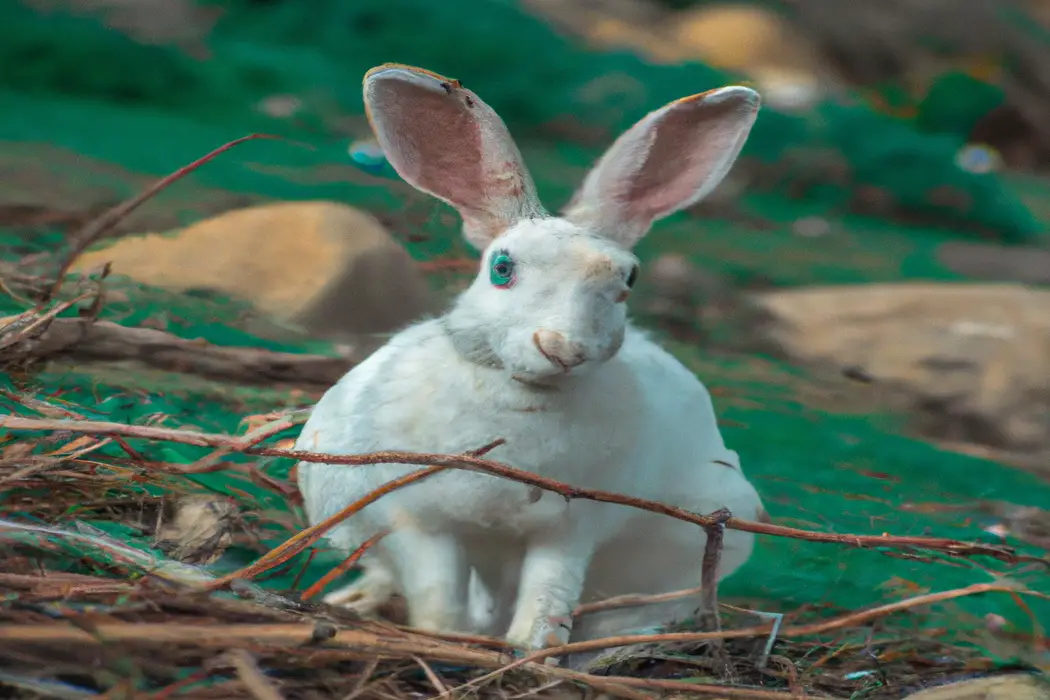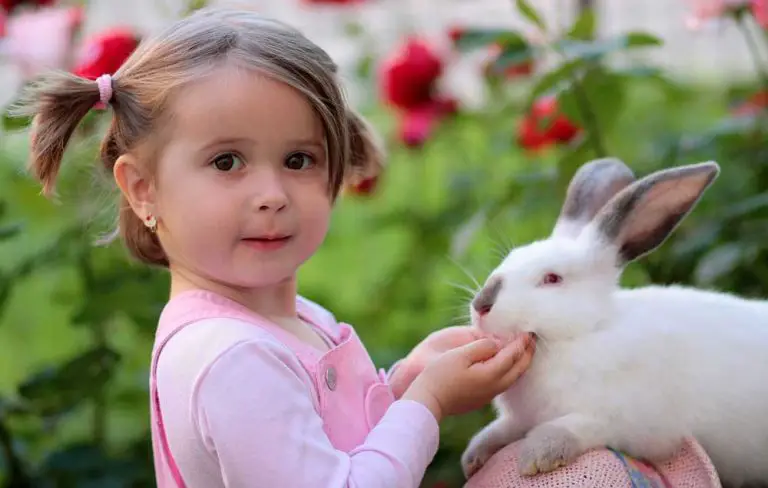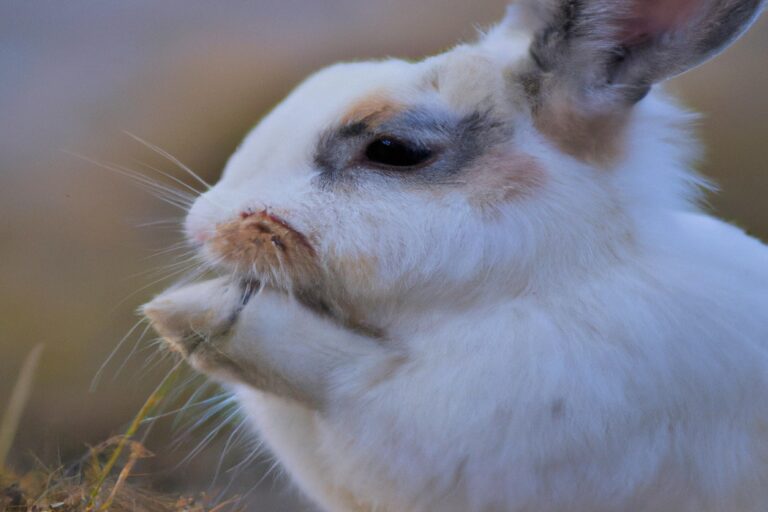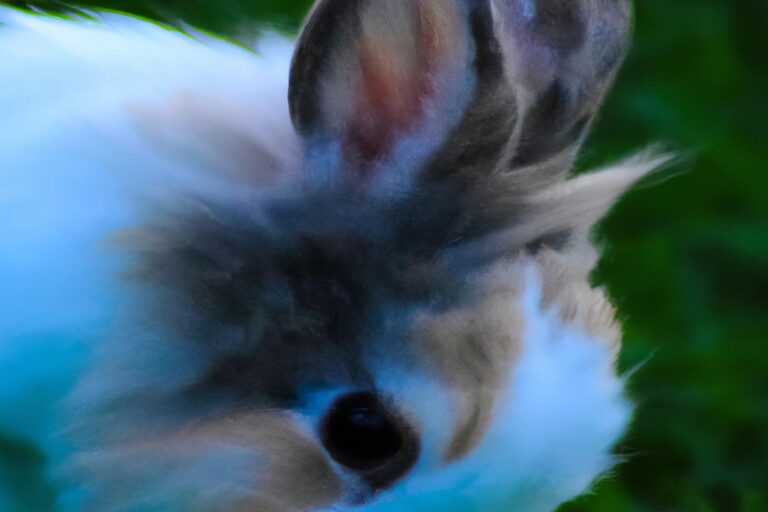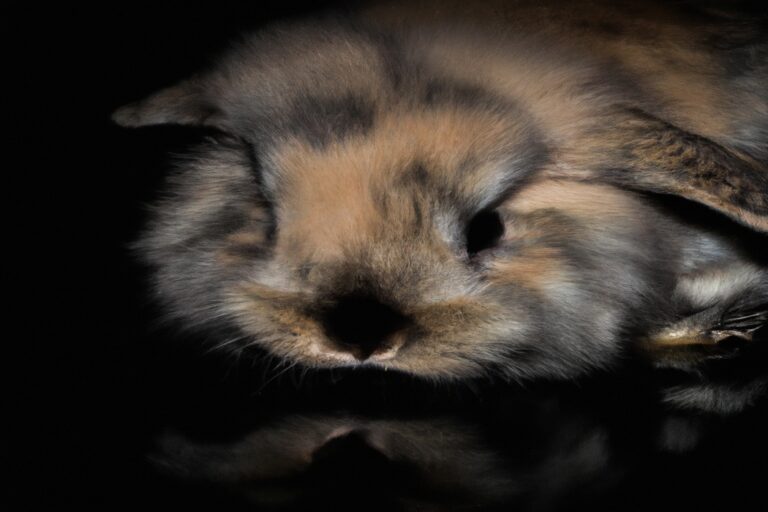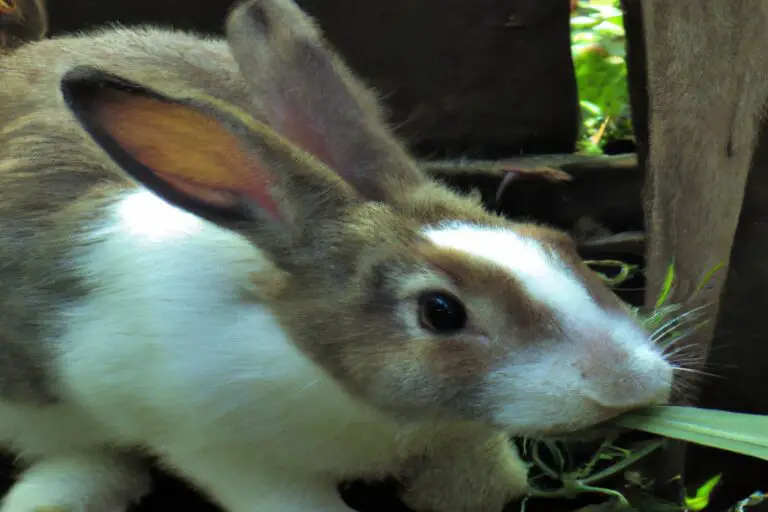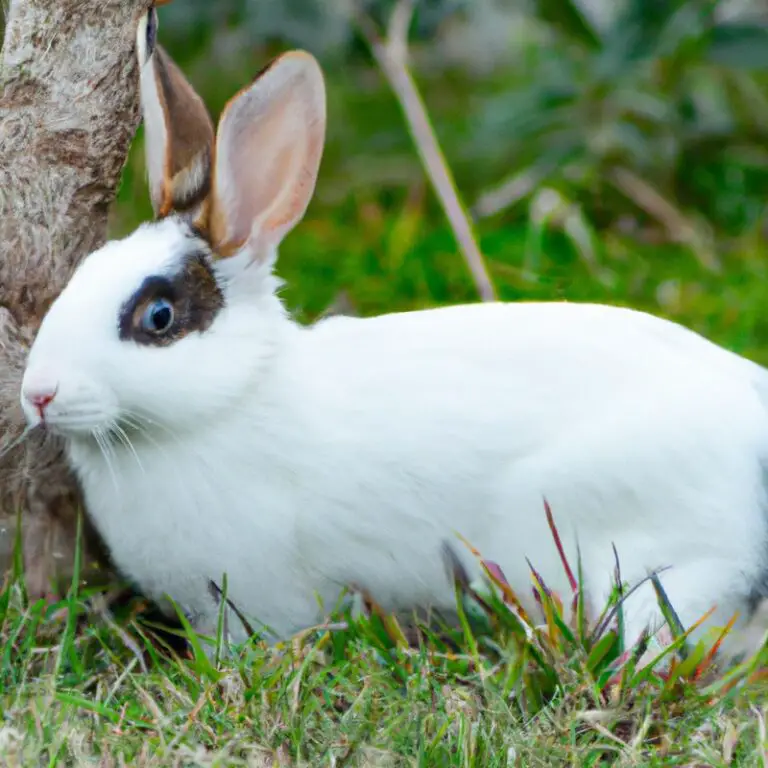A Population Of Rabbits May Be Brown – Discover Why!
Key Takeaways:
- Brown fur is a common trait in rabbit populations.
- A population of rabbits can exhibit a majority of brown individuals.
- The color of rabbits in a population can vary, but brown is often prevalent.
- It is possible for a population of rabbits to have predominantly brown fur.
Hey there! Have you ever wondered why some rabbits are brown?
Well, get ready to hop down the rabbit hole, because we’re about to dive into the captivating world of rabbit fur colors.
In this article, we’ll explore the fascinating factors that influence rabbit fur color and discover why a population of rabbits may have an abundance of brown individuals.
From the intricate genetics behind fur color inheritance to the environmental factors that shape their hues, we’ll uncover the secrets behind those adorable brown bunnies.
So, let’s jump right in and explore this captivating phenomenon!
| Characteristics | Description |
| Brown Rabbit | A rabbit that has a brown fur color. |
| Population Size | The number of brown rabbits in the population. |
| Genetic Basis | Presence of specific genes that determine the brown fur color. |
| Environmental Factors | The influence of the environment on the brown fur color. |
| Mating Preferences | Preference of brown rabbits to mate with other brown rabbits. |
| Survival Advantage | Potential advantages or disadvantages of being a brown rabbit in the given environment. |
Factors Influencing Rabbit Fur Color
There are two main factors that influence the color of rabbit fur: genetics and inheritance, as well as environmental factors.
Genetics and Inheritance of Fur Color
Genetics play a significant role in determining the fur color of rabbits. The inheritance of fur color follows specific patterns, with certain genes responsible for different colors.
For instance, a gene called “B” determines whether a rabbit’s fur is black or brown, while another gene called “C” controls whether the fur is full color or diluted.
Different combinations of these genes result in a wide range of fur colors, such as brown, black, white, and gray. Understanding the genetic basis of fur color inheritance can help breeders selectively breed rabbits with desired coat colors.
Environmental Factors
Environmental factors play a significant role in determining the fur color of rabbits. Factors such as sunlight exposure, temperature, and diet can all influence the coloration of a population of rabbits.
Sunlight exposure can affect the production of melanin, which determines the pigment in the fur.
Temperature can also impact the overall health and pigmentation of the fur. Additionally, the diet of rabbits, particularly the availability of certain nutrients, can affect fur color.
These environmental factors interact with genetic factors to create the unique fur colors observed in rabbit populations.
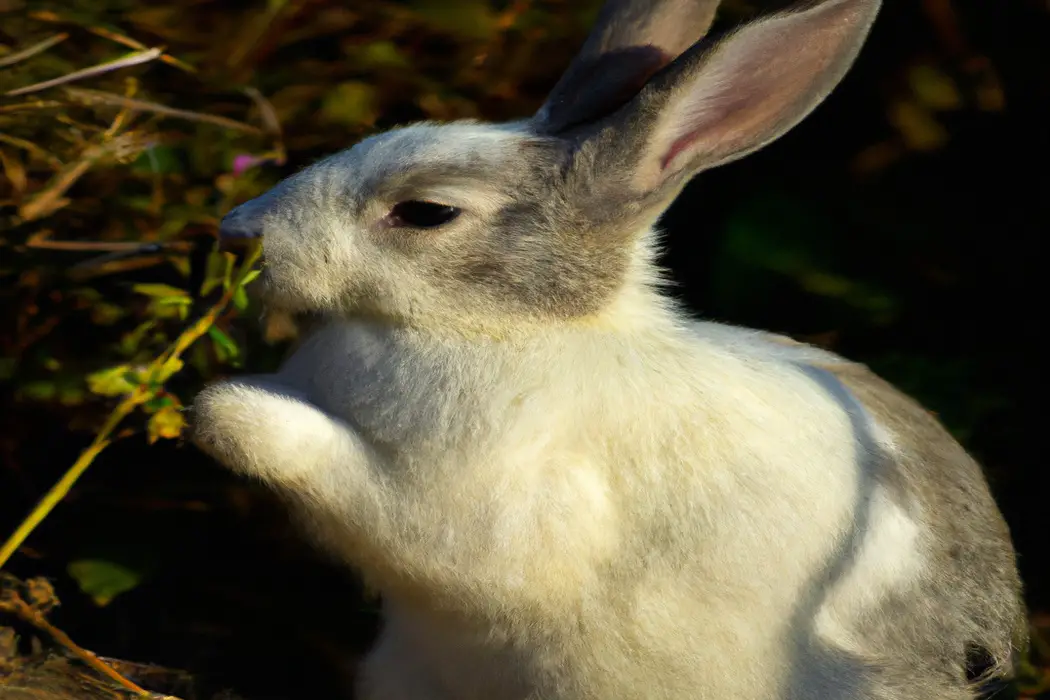
Common Rabbit Fur Colors
Rabbits come in a variety of fur colors, including brown, black, white, and grey.
Brown Rabbits
Brown rabbits are a common variation in rabbit fur colors. These rabbits have a beautiful brown coat that can vary in shades from light tan to deep chocolate brown.
The brown color is often a result of a combination of genes and pigments in their fur.
Brown rabbits can be found in various rabbit breeds and are a popular choice among pet owners. Their warm and earthy color adds a touch of natural beauty to any rabbit collection.
Other Fur Color Variations
Rabbits come in a variety of fur colors, aside from the common brown ones. Other fur color variations include:
- White: Some rabbits are completely white, which can be due to genetic factors or albinism.
- Black: There are rabbits with black fur, which can give them a striking and elegant appearance.
- Gray: Gray-colored rabbits are also common and can have variations ranging from light gray to dark charcoal.
- Orange: Certain breeds of rabbits have vibrant orange fur, adding a pop of color to their appearance.
- Multi-colored: Some rabbits have a combination of two or more colors, creating unique patterns on their fur.
- Blue: Although not as commonly seen, blue-colored rabbits have a bluish-grey fur tone that sets them apart.
These are just a few examples of the many fur color variations that can be found in rabbit populations. Each color variation adds to the overall beauty and uniqueness of these adorable creatures.
Significance of Brown Fur Color in Rabbit Populations
Brown fur color in rabbit populations is significant for two main reasons: camouflage and survival advantage, and adaptation to their environment.
Camouflage and Survival Advantage
Camouflage is a crucial survival advantage for animals, including rabbits with brown fur. Brown fur can help rabbits blend into their natural environment, such as forests or fields.
This makes it harder for predators to spot them, increasing their chances of survival.
A population of rabbits with brown fur may have evolved this trait over time due to the survival advantage it provides. Camouflage allows rabbits to stay hidden and avoid being hunted, ultimately ensuring their continued existence in the wild.
Adaptation to Environment
Adaptation to the environment is a key survival strategy for living organisms, including rabbits.
These animals have evolved various adaptations to thrive in their surroundings, such as their fur color.
Brown fur can provide camouflage in certain habitats, helping rabbits blend in with their surroundings and avoid predators.
Additionally, their strong hind legs allow them to quickly escape danger by hopping away.
Rabbits also have keen senses of hearing and smell, enabling them to detect potential threats.
These adaptations help them survive and reproduce in their specific environments.
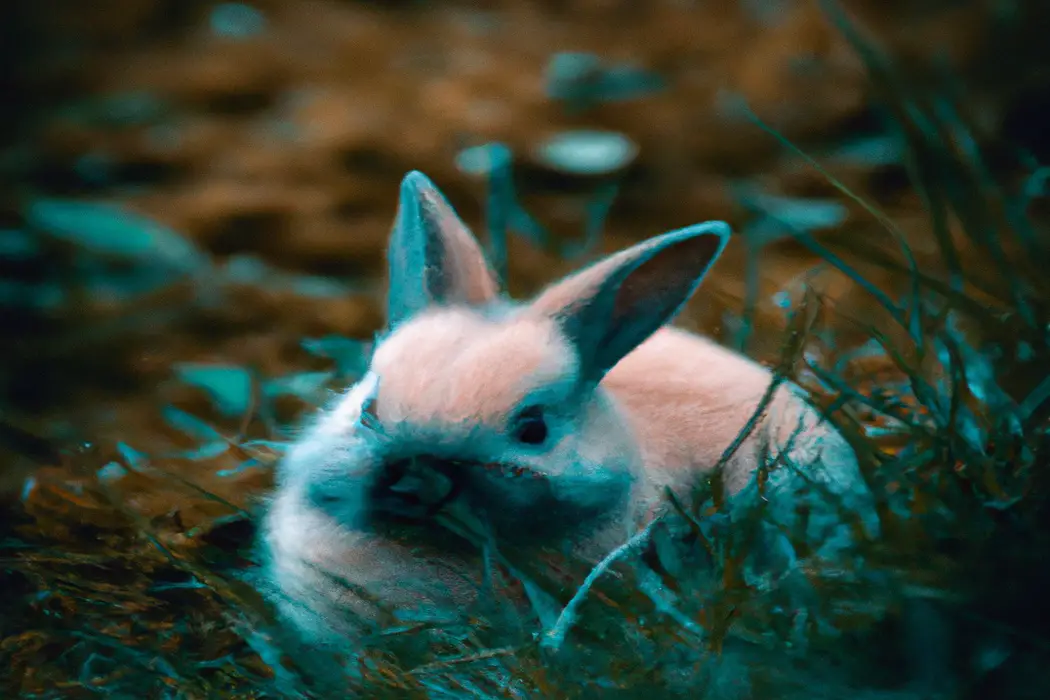
Queries and Concerns About Brown Rabbit Populations
People often have questions and worries about rabbit populations that are predominantly brown in color.
Are All Brown Rabbits the Same?
No, not all brown rabbits are the same.
Brown is a common color variation in rabbit populations, but there can be differences in shade, pattern, and genetics within this color group.
Some brown rabbits may have lighter or darker fur, while others may have unique markings or mixtures of colors.
These variations contribute to the diversity within the brown rabbit population.
So, if you’re looking at a group of brown rabbits, you might notice some differences between individuals.
Can Brown Rabbits Change Their Fur Color?
Yes, brown rabbits can change their fur color! It may surprise you, but rabbits have the ability to change their fur color in response to their environment. This is a natural phenomenon called molting.
During molting, a rabbit sheds its old fur and grows new fur, which can sometimes result in a change of color.
So, if a brown rabbit is in an environment where a different fur color provides better camouflage or protection, it can gradually change its fur color over time. It’s pretty fascinating to see nature at work!
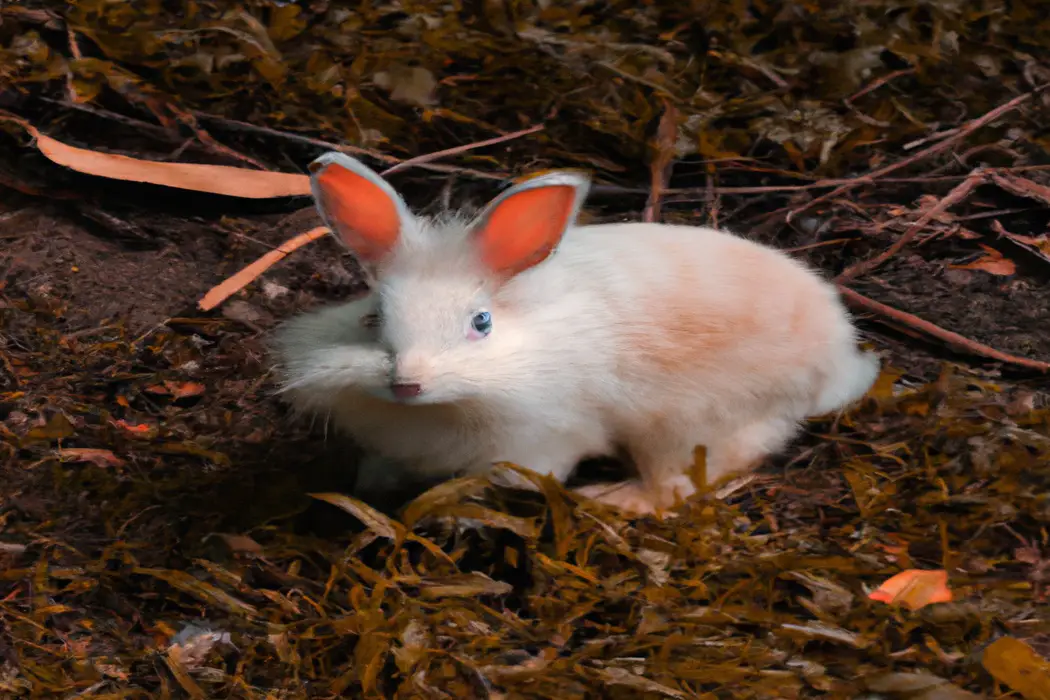
Is Brown the Most Common Fur Color in Rabbit Populations?
Brown is indeed a very common fur color in rabbit populations. While rabbits come in a variety of fur colors including white, black, gray, and even spotted patterns, brown is often seen as the most prevalent.
This is due to the fact that brown fur provides excellent camouflage in many natural environments, helping rabbits blend in and stay safe from predators.
However, it’s important to note that the prevalence of brown fur can vary depending on the specific rabbit population and geographic location.
Final Verdict
The fur color of a rabbit population can be influenced by a combination of genetic factors and environmental conditions.
Brown fur is a common variation, which can provide camouflage and a survival advantage in certain habitats.
It is important to note that not all brown rabbits are the same, as there can be variations within this color category.
While rabbits cannot change their fur color, they can adapt to their environment over generations.
However, brown is not necessarily the most common fur color in rabbit populations, as there are several other color variations present.
Understanding the factors and significance of brown fur color in rabbit populations helps shed light on the diverse and fascinating world of these adorable creatures.

